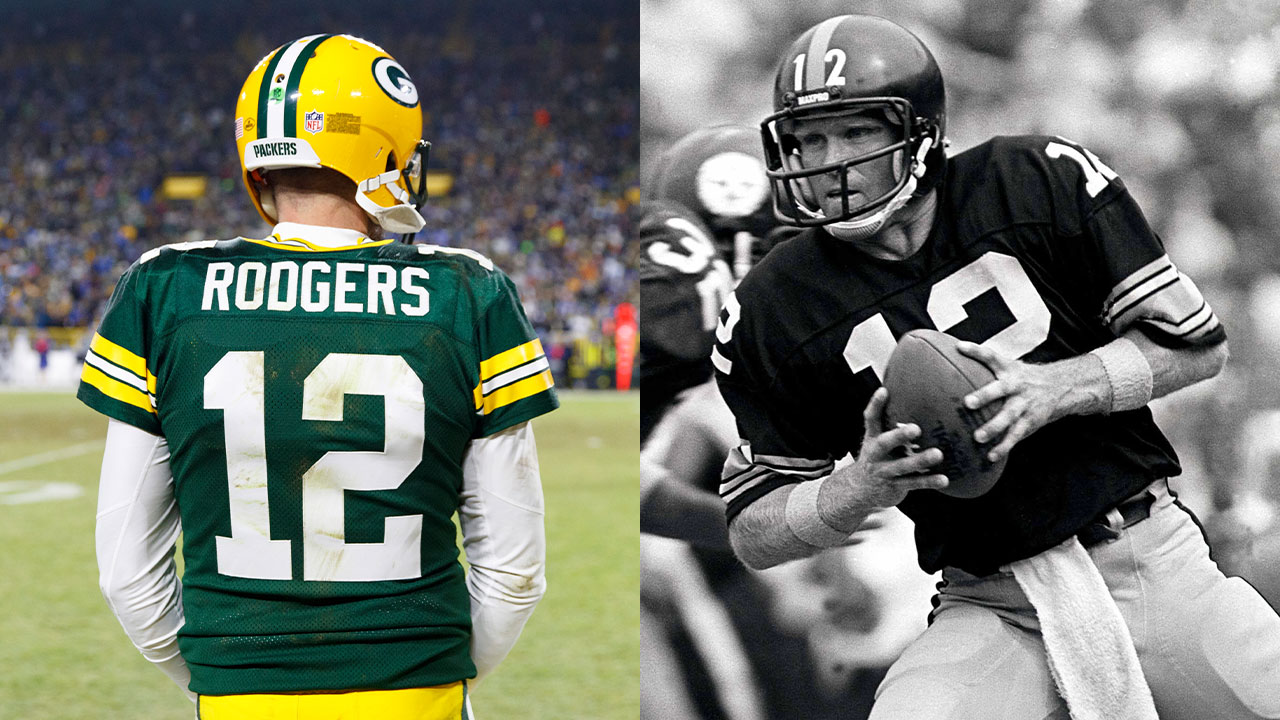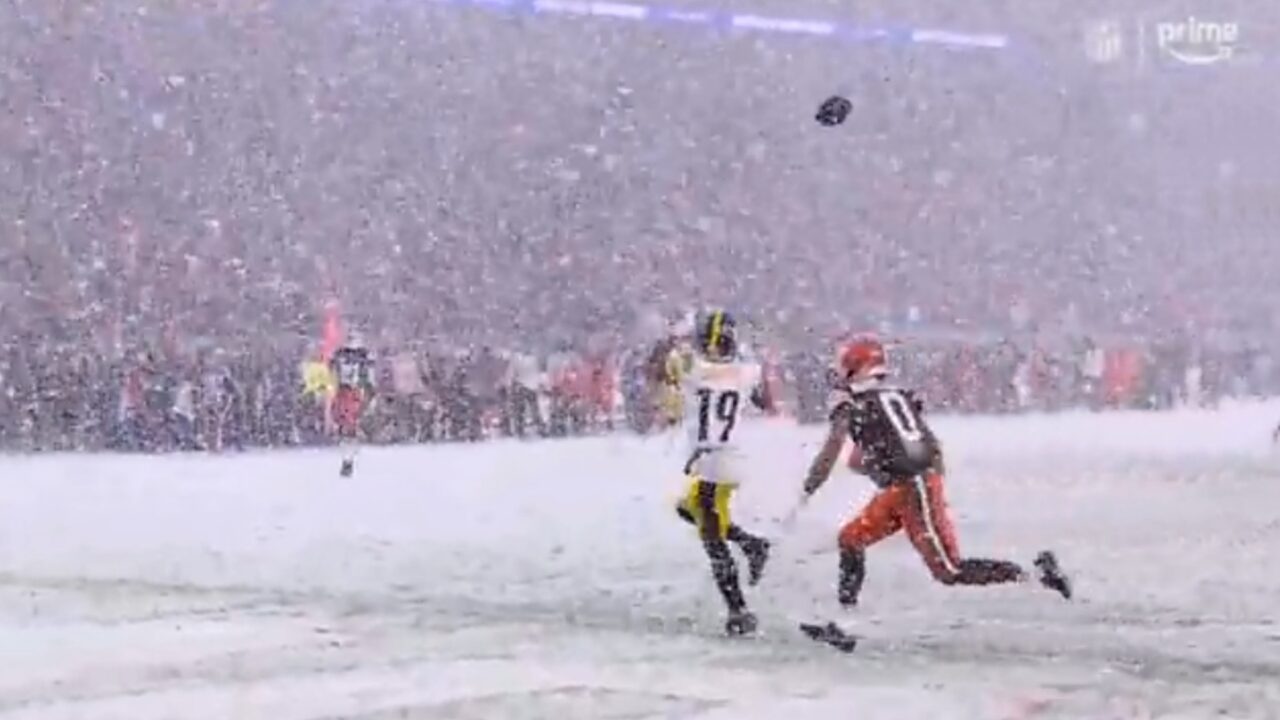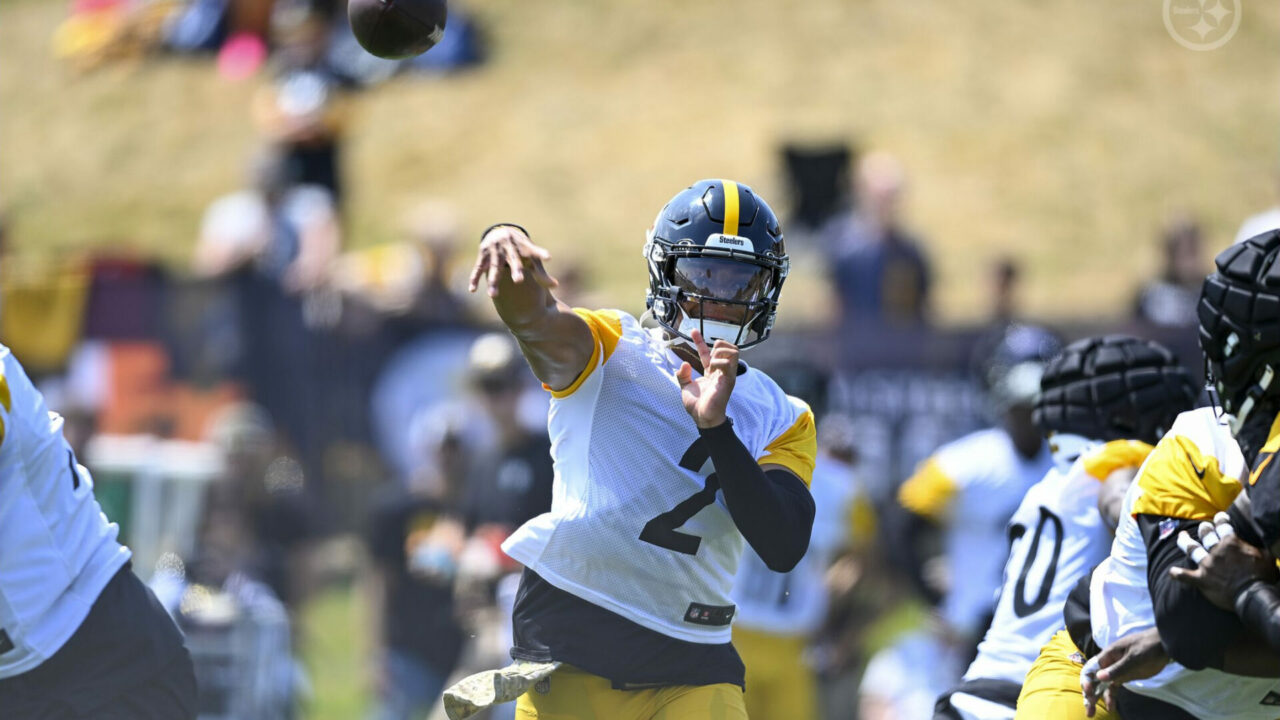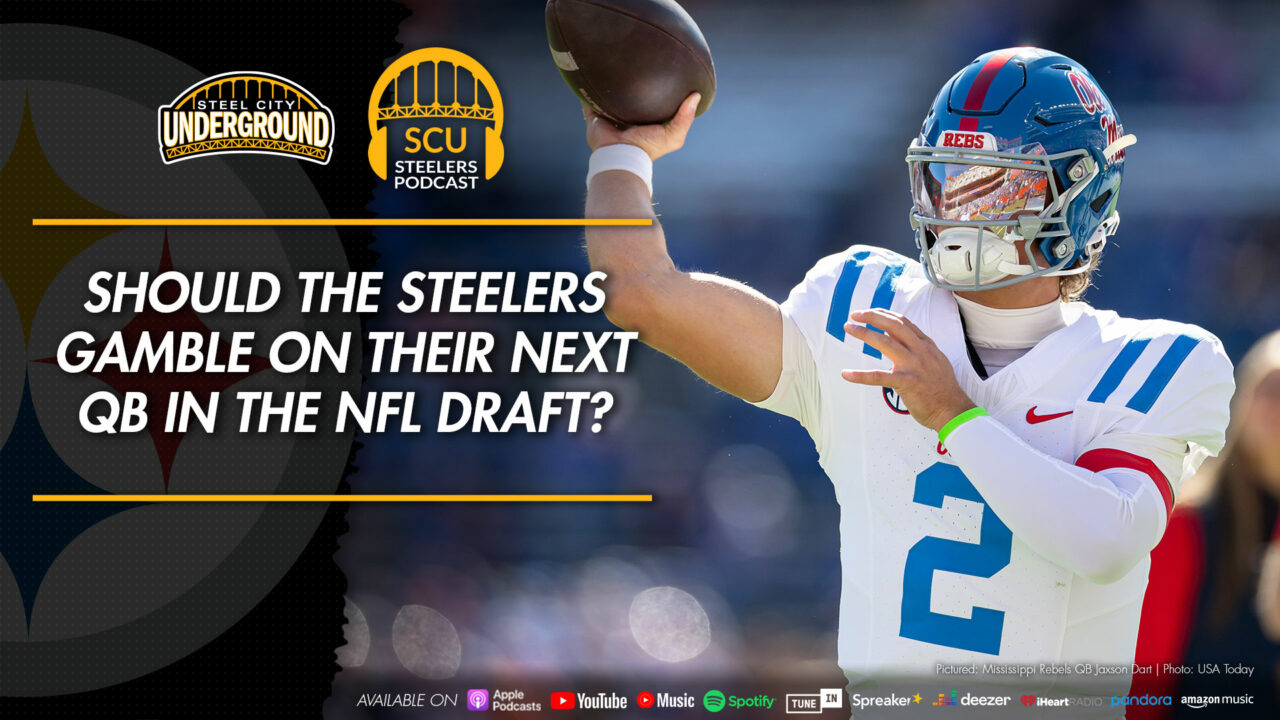Ryan Shazier makes an interesting case for rookie contracts
It appears Pittsburgh Steelers linebacker Ryan Shazier has taken some heat for comments made several days ago in regard to rookie contracts. Shazier, who is entering his fourth year in the league and still operating under his original rookie deal, had this to say to ESPN’s Jeremy Fowler:
Sometimes guys have to wait five years. Other guys don’t. But that’s what they agreed on in the past. Next time we’ve just got to do a better job of structuring what we want to do.
At the end of the day, that’s between you and the team. If the team wants to do that, it’s great. … If you play at that level, you should be able to re-up whenever you want to.
Some took that as the first-time Pro Bowl linebacker being upset about his current contract situation. As a first round draft pick, Shazier was eligible to have his initial rookie deal optioned for a fifth-year by the Steelers. The team did just that this offseason, as they have in the past since the current collective bargaining agreement went into effect years ago.
The newer CBA was implemented to shift salaries from being spent on unproven rookies to vested veterans. Under the previous system, high draft picks often made more money than their performance warranted. Players would receive large deals having never played a snap in the NFL while quality veteran players were often underpaid, or out of a job entirely, as teams blew through a sizeable portion of their cap space by locking up “promising” young stars.
Gone are the days of wasting buckets of cash on underperforming first-year players such as former Oakland Raiders QB JaMarcus Russell. Russell held out through training camp and even into the first week of the regular season for what would become a six-year, $68 million deal. With $31.5 million of that contract fully guaranteed, the Raiders felt the salary cap sting when Russell only played three seasons. The burn was so bad that the team attempted to recoup $9.55 million paid to the quarterback by filing a grievance one year after Russell exited the league.
Shazier is feeling the effects of similar bad deals now in 2017, as he watches his peers selected outside of the first round begin negotiations on contract extensions. Since only those players selected in the first round of the NFL Draft can have the equivalent of a rookie franchise tag applied for a fifth year, those players taken the same season are now in the final year of their original rookie deals. Those deals can be made for a maximum of four years, and rarely become null and void, unless a player is released and re-signed (which is more common for late round picks who move between active rosters and practice squads).
One of those players awaiting a new deal is Pittsburgh DE Stephon Tuitt, who appeared for the team’s OTA sessions but reportedly sat out the mandatory minicamp last week “holding out” for more money.
Shazier is in an entirely different position. While he’s now in his fourth year, he can begin talks on a new contract; something prohibited by players through their first three years of their rookie deals. However, it’s not as if the fifth-year option pays peanuts. As compared to above, the option is similar to the league’s franchise tag in that it averages the top salaries of players at the same position. For players chosen in the top ten of the NFL Draft, their fifth-year option is based on the average of the top ten players at their position; all other first-round picks’ options are calculated by the average of the top 25.
While the Steelers are getting a great deal for Shazier’s services (he was chosen 15th overall, and will be paid by an aggregate of the top 25 at his position) he will still be getting a nice payday in 2018, which is a fully guaranteed sum of $8.7 million, a substantial increase from the $1.7 million he will earn in 2017.
By comparison, Shazier’s 2018 salary will see him paid in line with other star inside linebackers, such as Luke Kuechly, Kiko Alonso, and former Pittsburgh Steeler Lawrence Timmons. Granted, those players have other incentives and signing bonuses added to their bottom line, but it goes to show that the system for first round picks isn’t necessarily broken.
Is it unfortunate that players taken in the first round don’t have an opportunity to enter the free market at the same time as others taken in the same draft class?
It’s clearly a catch-22 scenario. The current CBA allows teams to handle expiring contracts for their other rookies while maintaining what should be higher valued first round prospects at a fair market price tag. While that likely keeps Shazier from being “shown the money” in 2017, it also protects teams from overpaying the JaMarcus Russells of the world.
There may never be a perfect answer, but a fully guaranteed fifth-year salary for players who have yet to suit up for a full 16 game schedule seems to be a reasonable compromise.








